As remote work expands and threats evolve, device management is a frontline defense. Discover how Zero Trust principles and modern tools like UEM and MDM secure your environment– no matter where your users are.

Zero Trust and the Rise of Remote Work
As organizations embrace hybrid and remote work, managing endpoint security has never been more critical. Devices now serve as gateways to corporate data both inside and outside the perimeter. In a Zero Trust model, trust is earned, not assumed. Every device must prove it’s secure before gaining access.
Modern Device Management with Cloud Tools
Today’s device management platforms empower IT teams to manage security, productivity, and monitoring across all endpoints using a single, cloud-based console. These tools have reshaped traditional client systems, making remote work and hybrid models more efficient and secure.
During the pandemic, many organizations saw a boost in productivity by adopting cloud-based management solutions. One customer significantly reduced setup times and IT helpdesk tickets by enabling secure, automated device configuration– no hands-on intervention required.
Legacy tools like Group Policy Objects (GPOs) and Configuration Manager often struggle to support dynamic, remote environments. In contrast, Unified Endpoint Management (UEM) platforms merge Mobile Device Management (MDM) and Mobile Application Management (MAM) into a flexible, scalable, cloud-first model. These platforms don’t require major hardware investments and better support Zero Trust frameworks.
If you’re still using legacy tools, now’s the time to modernize. Cloud-native UEM solutions enable secure access across devices, reduce IT burden, and support today’s mobile workforce– without the technical debt of older systems.

- “Our customers have experienced major productivity gains and reduced IT tickets after shifting to cloud-based device management.”

Mobile Device Management Strategy
Managing devices across an enterprise is increasingly complex– especially with employees working remotely from home or other offsite locations. As more staff rely on mobile devices to conduct business and access corporate data, this expanded environment significantly increases the digital attack surface and heightens the need for reliable, Zero Trust-aligned security.
To reduce risk, organizations must enforce extensive device management strategies that ensure all endpoints are properly secured, monitored, and controlled regardless of location or ownership.
Key Requirements for a Strong MDM Strategy
- Strong Configuration Standards: Enforce secure device settings across all endpoints, both personal and corporate-owned.
- Remote Wipe and Lock Capabilities: Secure sensitive data in the event of a lost or stolen device.
- Data Usage Oversight: Manage mobile data plans and roaming costs across a distributed fleet.
- BYOD Support with Privacy Protections: Support bring-your-own-device (BYOD) policies by isolating corporate data and preventing work applications from accessing personal information.
An effective Mobile Device Management (MDM) solution provides secure connections between mobile devices and corporate networks– enabling the foundational enforcement of Zero Trust principles.
Benefits of a Modern MDM Solution
- Operational Efficiency: Automate tasks like OS updates, patch installations, and endpoint software rollouts– reducing IT team workload and response time.
- Device Lifecycle Management: Track device health, manage provisioning, and ensure timely retirement or repurposing of hardware.
- App Update Automation: Automatically check for and install available updates without requiring manual intervention or device reconnection.
- Real-Time Monitoring and Control: Gain visibility into system resource usage, security posture, and compliance status across all devices.
Choosing the right MDM solution can significantly improve both security and IT operations. Cloud-based platforms are particularly valuable, offering flexibility, pay-as-you-go pricing, and broad compatibility with current operating systems and mobile environments. These solutions are essential for organizations adopting a Zero Trust model and looking to future-proof their device management strategy.
Creating a Strong Asset Policy
A well-defined asset policy ensures that all organizational assets are effectively managed throughout their lifecycle– from acquisition and deployment to transfer, maintenance, and eventual disposal. For maximum clarity and usability, the policy should be concise, clearly structured, and aligned with your broader asset management strategy.
Key Components of an Effective Asset Policy
- Policy Introduction: Outline the high-level objectives and explain how the asset policy supports the organization’s overall goals and compliance requirements.
- Defined Scope and Terminology: Specify what types of assets are covered (e.g., IT equipment, software licenses), and include clear definitions (e.g., what qualifies as an “asset”) to avoid ambiguity or misinterpretation.
- Ownership and Accountability: Identify responsible parties for managing each asset category to improve transparency and accountability. Use a CMMS (Computerized Maintenance Management System) to assign asset tags, define asset criticality, and automate oversight where possible.
- Lifecycle Management Procedures: Include documentation requirements for every stage of the asset lifecycle. This may range from spreadsheets to integrated digital solutions that sync with your CMMS for real-time tracking and reporting.
- Ongoing Review and Improvement: Regularly revisit and update the policy to reflect evolving cybersecurity threats and asset management best practices. Policy owners or committees should proactively seek feedback, hold periodic review sessions, and ensure the policy is being followed in day-to-day operations.
A modern asset policy is not just about compliance, it’s a proactive measure that strengthens visibility, reduces risk, and ensures consistent asset oversight across the enterprise.


Stopping Attacks Before They Spread
As attackers increasingly exploit social and personal platforms to breach corporate environments, organizations must shift from perimeter-based defenses to a Zero Trust model. These attackers often enter undetected through compromised user credentials or unmanaged devices. To stop them before they escalate, companies should adopt micro-segmentation, which isolates sensitive systems and ensures that traffic from untrusted sources is evaluated at every step.
A strong device management strategy is essential in this defense. All endpoints, whether BYOD, corporate-owned, or third-party must undergo health checks to ensure:
- Updated operating systems and security patches
- Active antivirus and endpoint protection
- Proper security configurations
Additionally, robust device onboarding and offboarding processes help mitigate data loss when employees leave or lose access to their devices.
To further harden your Zero Trust architecture, the platform should evaluate contextual signals in real time. This includes geolocation, MAC address, device type, and the presence of suspicious processes. By continuously analyzing these inputs, access decisions can be dynamically enforced granting the right level of access only to trusted users and devices.
Making Zero Trust Practical
While Zero Trust may sound complex or costly, it doesn’t have to be. The key lies in using modern identity and access management (IAM) tools that centralize decision-making, integrate with your security ecosystem, and apply policy-based access controls intelligently.
With IAM as the control plane, organizations can:
- Implement Zero Trust principles without overhauling their entire infrastructure
- Gain visibility into devices and users across the environment
- Apply consistent policies to reduce risk and simplify compliance
Zero Trust isn’t about replacing everything– it’s about rethinking trust at every access point. With the right tools and a phased approach, your organization can adopt Zero Trust practices that enhance security without adding friction.

Final Thoughts
As hybrid work continues to evolve, the perimeter is no longer where security stops—it’s where Zero Trust begins. From mobile device management and unified endpoint platforms to asset policies and contextual access controls, securing your environment requires more than just tools. It takes strategy, consistency, and the right expertise.
Modern device management under a Zero Trust framework ensures that only secure, verified devices and users gain access, no matter where they are. Whether you’re phasing out legacy tools, building your first UEM deployment, or modernizing asset policies, the time to act is now.
How eGroup Can Help
Our team helps organizations implement scalable Zero Trust strategies and modern device management platforms that secure endpoints, enforce compliance, and reduce IT overhead.
Our Expertise Includes:
- Microsoft Intune, Defender for Endpoint, and Entra ID integration
- Unified Endpoint Management (UEM) and Mobile Device Management (MDM)
- Cloud-native identity, access, and compliance solutions
- Asset lifecycle strategy and Zero Trust advisory services

Ready to strengthen your endpoint strategy?
Dive into our Enabled Endpoint Management services to learn more, or fill out the form below to connect with our team.



